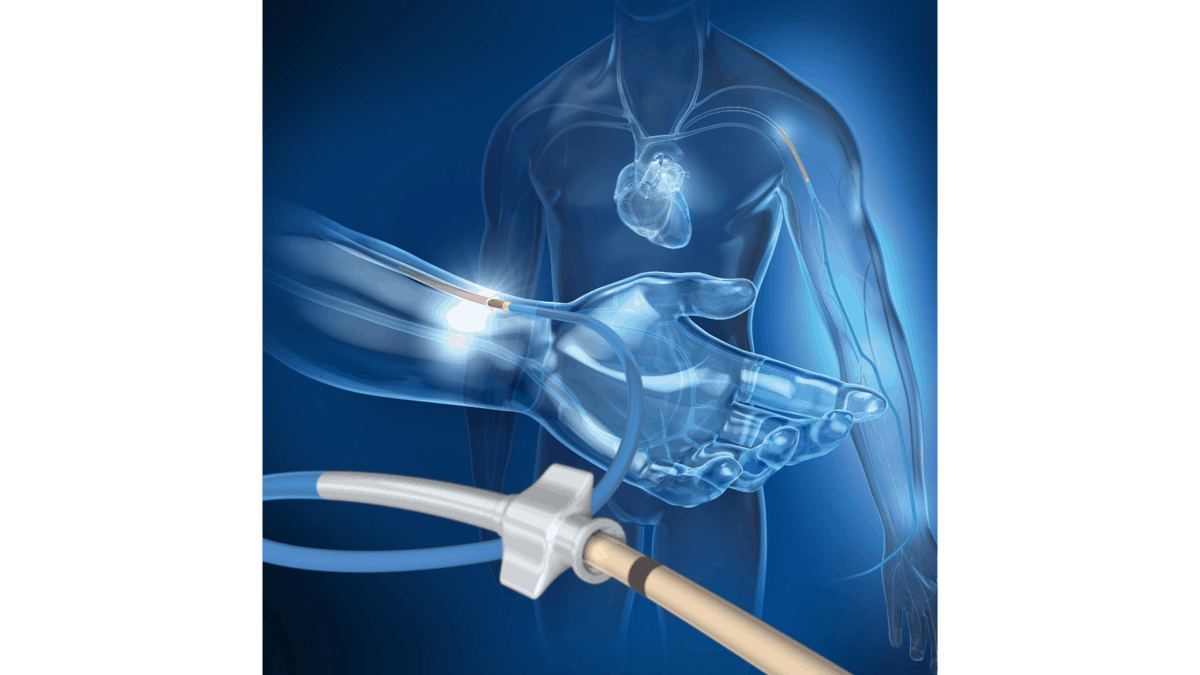Hyderabad: Team of Dr. Nirmal Kumar, Dr. BKS Sastry, Dr. Aman Salwan, Dr.Ashutosh Kumar and Dr. K Deepthi from CARE Hospitals Nampally have performed first case of Cardinal Health RailwayTM Sheathless Access System in Hyderabad.
Cardinal Health’ Railway System is indicated for use in radial artery procedures requiring per-cutaneous introduction of intravascular devices.
A percutaneous procedure is a method that allows doctors to insert a medical device into a patient’s blood vessel by using a needle, a guidewire, an introducer sheath and a catheter. The catheter is used to deliver medication or implant a stent into the blood vessel.
The innovative Railway System is designed to enable direct access to the radial artery in the wrist with a guiding catheter without the use of an introducer sheath. This reduces the size of the arterial puncture site by up to 2F compared to a conventional sheath system. Said Dr. Nirmal Kumar Consultant Care Hospital.

Cardiovascular disease (CVD) is now the leading cause of death in India with one in four people dying because of CVD. Ischemic heart disease and stroke are responsible for more than 80% of CVD deaths in India.
The use of percutaneous coronary intervention to treat CVD in India has sharply increased with transradial access for cardiac catheterization and intervention growing steadily over the last 10 years. Mentioned by Dr. Aman Salwan, Consultant, Care Hospital
Transradial cardiac catheterization is a procedure used to treat and diagnose certain heart conditions. This endovascular procedure can access the body’s arterial system from the radial artery in the wrist.
The Railway System will help to overcome some of the current limitations of transradial access and enable us to treat more complex lesions via radial access and expand availability of this minimally invasive, patient friendly Transradial approach for more patients, mentioned by Dr. K Deepthi.
“In our experience the Cordis Railway sheath less access system minimizes the radial artery trauma and disruption, by reducing artery puncture size up to 2F (33%) while allowing larger bore guide catheter use during transradial coronary procedures. In our study the Railway system reduced the incidence of spasms, radial trauma and improved the transradial access success rate for complex coronary procedures.
This resulted in reduced vascular complications, leading to early ambulation and discharge from the hospital. ” said Dr Kintur Sanghvi, Associate Medical Director of Interventional Cardiology and Endovascular Medicine at Deborah Heart & Lung Center in Browns Mills, New Jersey, the inventor of the Railway System.
SIASAT NEWS

